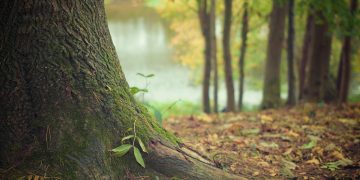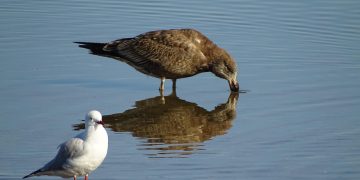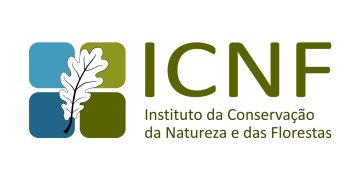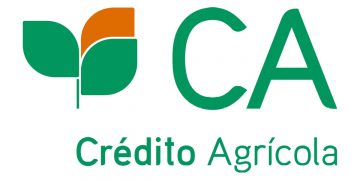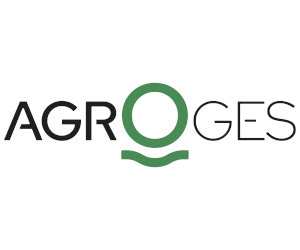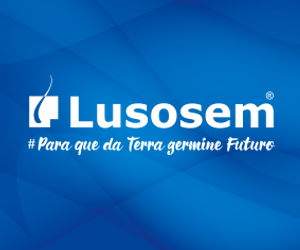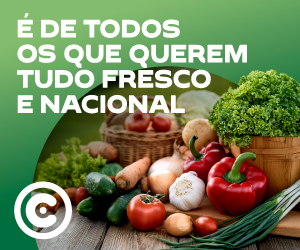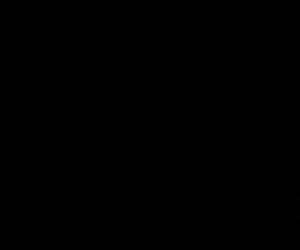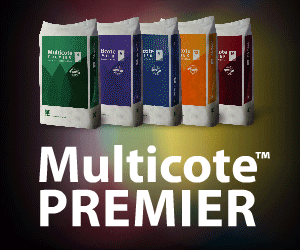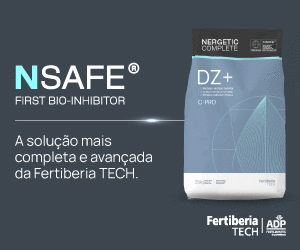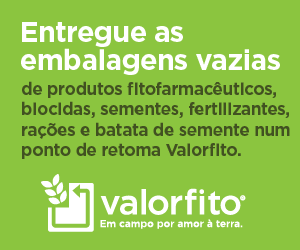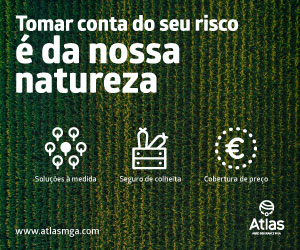Nitrogen is a critical input to agricultural production. In the EU, approximately half of this nutrient is supplied from organic livestock-derived sources while the other half comes from mineral nitrogen (specifically in 2023, organic nitrogen supplied amounted to 8.3 million tonnes and mineral nitrogen 8.7 million tonnes across the EU27, UK, Switzerland and Norway, source Fertilizers Europe 2024).
A significant share of this mineral nitrogen (either directly or in the form of ammonia which is the main feedstock) is imported, which can be a significant source of vulnerability. In this post we examine the extent of this vulnerability in terms of the dependence on nitrogen imports and the main sources of import supply.
Nitrogen use and import dependency
The introduction of the Nitrates Directive in 1991, of the national action programmes for designated nitrate vulnerable zones and the CAP reforms decoupling payments from production levels, all led to steep declines in the use of nitrogenous fertilisers in the 1990s and early 2000s (DG AGRI, 2019) shown in the first figure below. Consumption levels over the past decade have been relatively stable, slightly increasing from 2012 to 2017 and moderately decreasing since then but with a sharp decline in 2022-2023 due to sky-rocketing prices following the Russian invasion of Ukraine (also shown in the second figure below). Fertilizers Europe projects a small recovery (+3%) from the low 2024 level by 2034.
Despite having a significant domestic fertiliser industry, the EU remains heavily dependent on imports to meet its demand for nitrogen fertilisers and ammonia. This dependency reflects both structural and economic factors: limited access to competitively priced natural gas, past closures of less efficient production facilities, and the continued attractiveness of cheaper imports—often from countries with lower energy or environmental costs.
Estimates of the extent of this import dependency have recently increased. Fertilizers Europe publishes its estimate of imports’ share of domestic consumption of N mineral nutrient consumption (including products for both industrial and agricultural use) in its annual Industry Facts and Figures publication. The import share was 28% in 2019, 30% in 2020, 32% in 2021, but jumped to 45% in 2022.
On the Commission’s web page announcing its 2022 Communication Ensuring the availability and affordability of fertilisers, it quotes the 2020 figure of 30% import dependence for nitrogen fertiliser. While the EU also exports fertiliser (around 13-15%), this does not offset the reliance on imports.
Even if the Fertilizer Europe estimates include imports of ammonia as well as nitrogenous fertilisers (the publications do not provide the methodology behind the estimation), domestic ammonia production in the EU also relies on imports of natural gas. So the overall dependence on imports for mineral nitrogen fertiliser in the EU is in fact higher than what these figures suggest.
The reason for the sudden jump in the share of imports in 2022, despite an overall fall in consumption, appears to be a significant contraction in production capacity in that year due to the sharp increase in natural gas prices (see next figure). In its November 2022 Communication on the availability and affordability of fertilisers, the Commission noted that, at peak in 2022, the industry had closed down 70% of its ammonia production as production had become unprofitable (with natural gas accounting for 90% of the cost of producing ammonia). This fall in production capacity continued in 2023 as did nitrogen nutrient consumption (see the first figure), but to date we do not have an estimate for import dependence in that year.
Import sources becoming less diversified
In 2024, nitrogenous fertilisers to a value of €2.7 billion were imported, while imports of ammonia amounted to €1.1 billion. Urea was the main nitrogenous fertiliser import, accounting for over 70% of the total, while urea ammonium nitrate (UAN) and ammonium nitrate each accounted for just under 10% by value and various compound fertilisers made up the remainder. Nitrogenous fertilisers are today sourced primarily from Egypt, Russia, Algeria, the United States, and China. Belarus and Ukraine were important suppliers in the past but have now disappeared, while the United States and China have emerged as important sources of supply. The main suppliers of ammonia are and have been Russia, Trinidad and Tobago, Algeria, and Egypt (see tables).
As the graph below shows, import sources for nitrogenous fertiliser have become less diversified in recent years, with Russia regaining the import share that it supplied prior to its invasion of Ukraine. Imports of Russian ammonia and of natural gas (not shown) also increased in 2024. Imports of Russian fertilisers have been exempt from EU sanctions, but the Commission recently proposed legislation to phase in additional duties equivalent to an additional 100% tariff over a three year period designed to eliminate these imports. The increase in imports of Russian natural gas occurred despite the EU objective to phase out Russian energy by 2027. This increased dependence on Russian imports not only contributes to Russia’s war chest; it has also triggered widespread criticism from European fertiliser producers and raised alarms about the EU’s continued strategic vulnerability.
Conclusions
Following the shock to fertiliser markets in 2022, the Commission established a Fertiliser Markets Observatory which includes market data on fertiliser trade. To date, however, this only provides data on the volume and value of trade in mineral fertilisers but not in nutrients. As the nitrogen content of the different nitrogenous fertilisers and intermediates differs greatly (for example, 82% in ammonia by weight, 46% in urea, and typically 28-32% in urea ammonium nitrate (UAN)), adding together tonnes of fertiliser and intermediates imports is rather meaningless and can only provide approximate insights into import dependence and the source of nitrogen nutrients.
DG AGRI is developing a nitrogen balance sheet which could provide this information. In its latest update to the Observatory at its September 2024 meeting, it reported that the preliminary data seemed to indicate a permanent deficit of nitrogen when computing net trade and production, so further work to refine the methodology will be required.
Still, it would seem already possible to provide data on imports and exports of nitrogenous fertilisers and intermediates in terms of nutrient weights and not only weight in tonnes in the Agrifood Data Portal, using generally accepted conversion factors, and this should be encouraged. This would allow a more accurate insight into the EU’s dependence on nitrogen imports (including nitrogen imports in the form of ammonia) which is an important source of strategic vulnerability.
This post was written by Alan Matthews.
O artigo foi publicado originalmente em CAP Reform.



